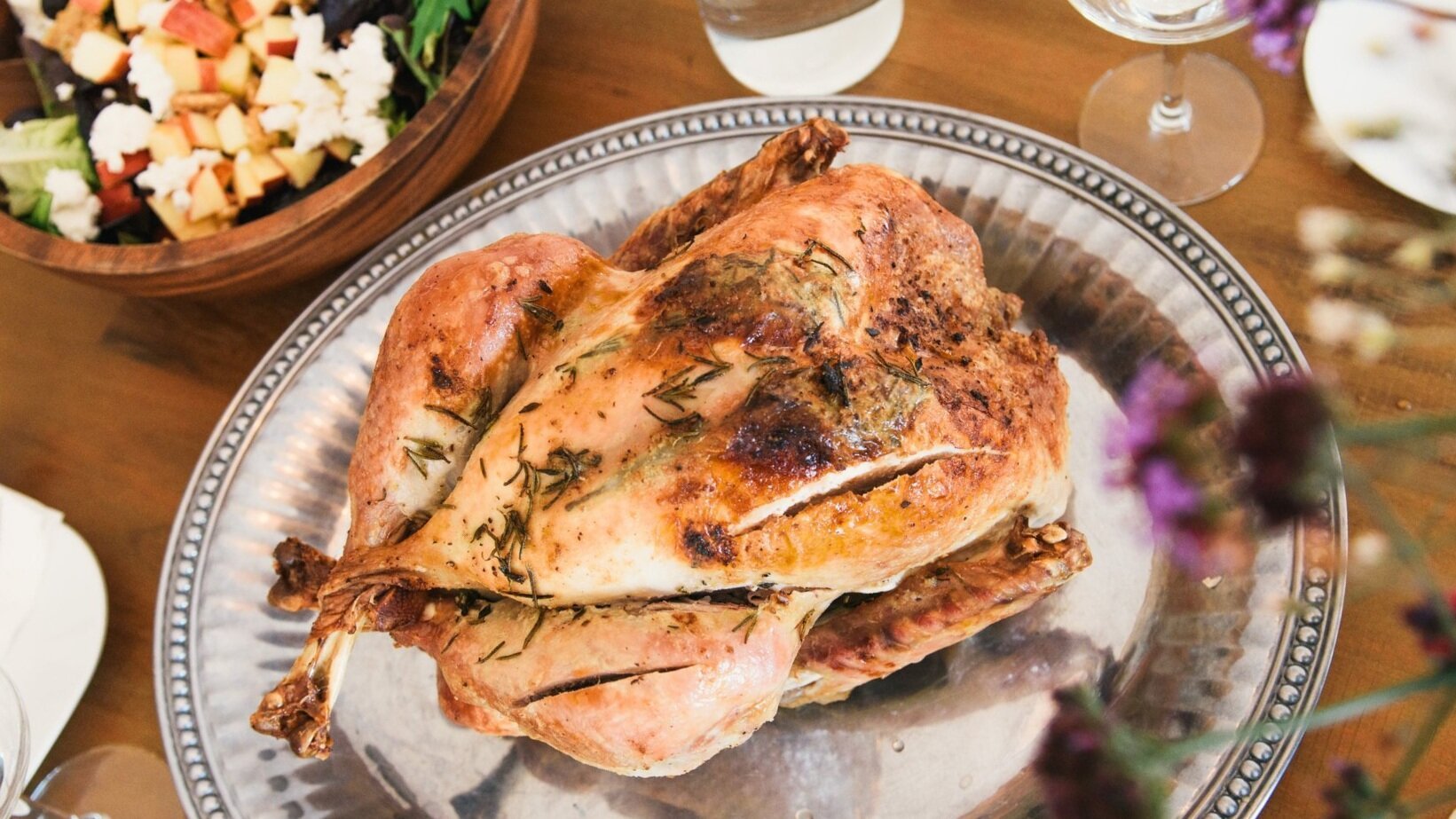Cooking and Web Design. The Recipe Matters.
Cooking and Web Design
Sometimes it’s amazing how cooking and web design mesh. One of the important tenets of web design is providing your website visitor with the information or experience they are looking for. Put yourself in your visitors’ place and you will not go wrong. Arrange key information so that it is easy and logical to find and prominent.
What does this have to do with cooking? Well I was given an Instant Pot for my birthday last year and in the process of learning how to use the dang thing and also cook up something great, I needed to use the internet. While it’s easy to find many good recipes online, the organization of the recipes posts in many blogs began to irritate me.
I don’t represent everyone, but I bet you’re like me at least some of the time. Maybe I have some chicken breasts in the refrigerator what can I make with them, what do I need to buy, if anything to make something for dinner? How about using the Instant Pot? Maybe I can find a recipe online. I hope the recipe is easy to understand.
After searching for “Instant Pot Chicken Breasts,” I click on what looks like a delicious recipe.
First, a big picture of the delicious dinner I can make—not bad. Then a familiar pattern:
A short blurb about how delicious the recipe is and why Instant Pot is better than a slow cooker.
Followed by an advertisement.
Then a short blurb about other chicken recipes on the site.
Then the latest video from the author of the post, somewhat related, but not the recipe.
Next is a “sponsored video” advertisement.
Then some more links to other chicken recipes.
A nice picture showing the chicken breasts in the Instant Pot, all cooked, yummy, but where’s the recipe?
Then there’s a personal testimony on how someone’s family really loved the recipe, and that they never liked chicken before . . . Hmmm got recipe?
Then another picture of the chicken on a plate, looks good.
Then there are some “how to” paragraphs. How to cook frozen chicken with a link to a previous post, and then tricks and tips on how to cook this recipe. Hey, wait—where’s the recipe?
I can put in all sorts of vegetables, cook it with lighter cream, serve it with noodles or a quesadilla, all this information before I have even seen the recipe, and then in case you don’t really want to use the Instant Pot, how to prepare the recipe in a slow cooker or on the stove.
Another advertisement, and finally at the very end . . .THE RECIPE.
It got to the point where I would either just go to the bottom of the page and look at the recipe and see for myself what the ingredients were and if the instructions were easy to follow or use the back arrow and search for recipes where the recipe appears at the top with the wonderful delicious looking picture of food.
What does the SEO research and the food blogger industry says about the “recipe.”
Doing some deeper research into Search Engine Optimization (SEO) and the food blogger industry, confirmed my suspicions. I was not the only one getting tired of reading people’s personal journey with food and their extensive backstories and pictures and insights before the recipe. SEO experts recommend giving the website visitor what they want—the RECIPE.
I found the following by Diane Jacob at https://diannej.com/2018/an-experts-tips-for-optimizing-recipe-seo/
“Q. What’s new in recipe blogging? Many top food bloggers, for example, now add a description of their dish above the photo.
“A. It used to be that recipe writing contained a lot of unrelated content and storytelling. Many bloggers felt this was necessary to further a connection to the user and because they felt users wanted the “why” behind the recipe.
“However, that approach hasn’t been rewarded by Google. And many users do not want to wade through paragraphs of personal history or superfluous content just to get to the recipe [italics and bold added]. A focus on the actual recipe process, including detailed preparation steps and troubleshooting, though, is something users DO want. And that is now becoming the norm.”

